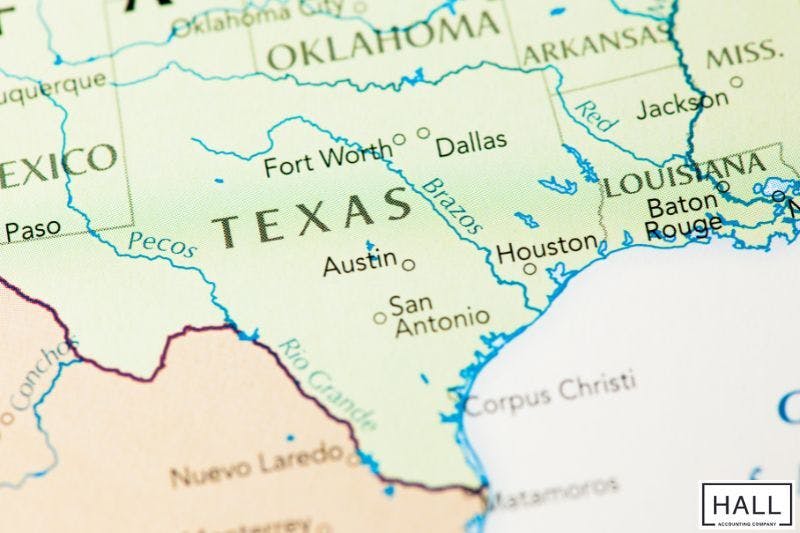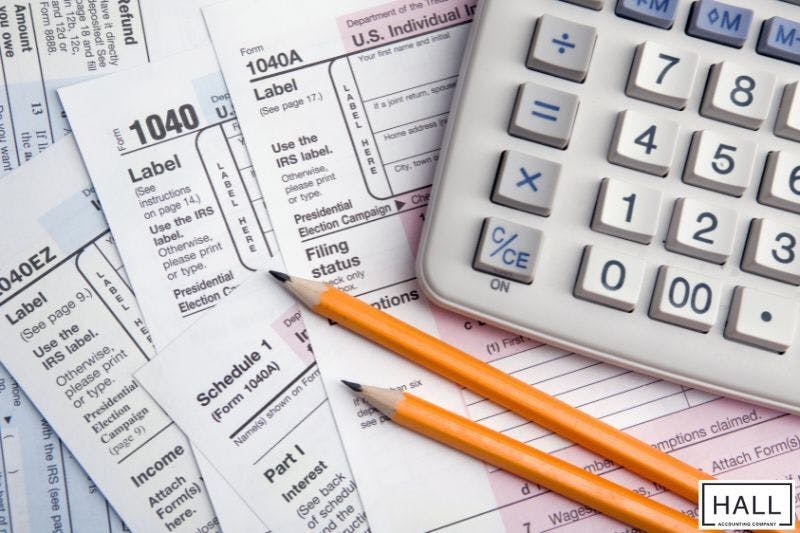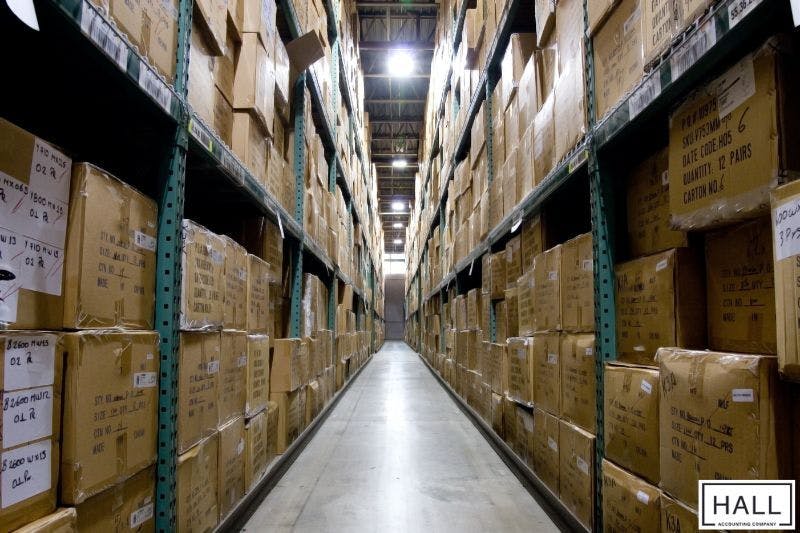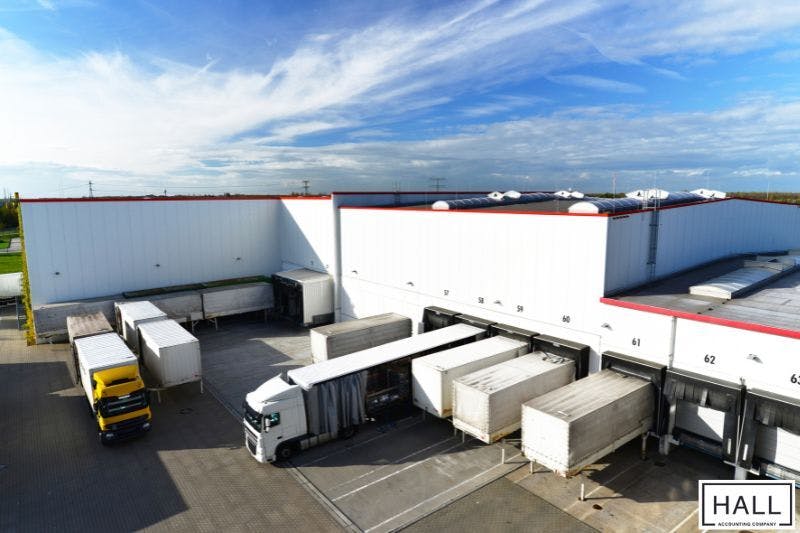
Sales tax in San Antonio isn’t always what people expect. While the maximum rate is 8.25%, not every business charges the same amount, and not every business knows when they’re supposed to collect it.
Whether you’re running a local storefront, selling across county lines, or shipping into San Antonio from out of state, the rules can vary depending on location, transaction type, and how your business is set up.
This article breaks down how San Antonio’s sales tax works in 2025. We’ll cover how the rate is built, what kinds of sales are taxable, when registration is required, and how to stay compliant. If you collect sales tax in Texas (or think you might need to), this guide will help you get it right.
How the San Antonio Sales Tax Rate Is Built

The full 8.25% sales tax rate in San Antonio consists of several parts. The state of Texas collects 6.25%, and the city of San Antonio adds another 1.00%. The final 1.00% goes to a group of special local programs funded by specific allocations.
Here’s how that remaining portion is used:
0.50% goes to the Metropolitan Transit Authority (MTA)
0.25% funds the Advanced Transportation District (ATD)
0.125% supports Pre-K 4 SA
0.125% funds the Ready to Work program
Together, these make up the extra 2.00% that takes the base rate up to 8.25%.
Combined, these add up to the full 8.25% rate, but not all areas within or near San Antonio apply the full set of local taxes. Some zip codes just outside city limits or in neighboring counties top out at 8.00%.
You can check where yours lands with this tax rate calculator.
These differences may seem small, but they can affect how much you’re required to charge. If your system isn’t calibrated correctly by district, it could lead to under-collection, overcharges, or tax compliance issues down the line.
Why Location Affects How Much You Charge

Two businesses in San Antonio could be less than five miles apart and still be required to charge different sales tax rates. That’s because the rate isn’t based solely on city boundaries. It depends on the specific district, zip code, and even which county you're in.
Most of San Antonio falls within Bexar County, where the county sales tax rate is 0%. But some parts of the city extend into Comal County, where a 0.50% county tax can apply. In some zip codes, not all special-purpose taxes are in effect, which is why you’ll see areas with a total rate of 8.00% instead of 8.25%.
For physical stores, this affects what you program into your point-of-sale (POS) system. For eCommerce sellers, it impacts how your sales tax engine or checkout tool calculates tax by delivery address. Even a small mistake, like entering the wrong zip code, can lead to collecting the wrong amount of tax.
These location-based differences affect how accurately you charge customers, how clean your reports are, and whether your business stays in compliance.
Do You Need to Collect? The Nexus Question

Before you charge a single cent in sales tax, you need to determine whether you're legally required to—something the state defines through nexus. Nexus is the legal connection between your business and Texas that creates a tax obligation. There are two primary types to know: physical nexus and economic nexus.
Physical Nexus
If your business has a presence in Texas, even indirectly, you likely need to collect sales tax. This includes:
An office, retail location, or warehouse
Employees or contractors working within the state
Inventory stored at a fulfillment center, like one in Austin
If any of these apply, you're considered engaged in business.
Economic Nexus
Even without a physical footprint, you may still be required to collect tax. If your total sales into Texas exceed $500,000 over the past 12 months, you’ve crossed the threshold. This applies to remote sellers, digital products, services, and wholesale transactions. Marketplace sales may be excluded if the platform collects on your behalf.
Many businesses don’t realize they’ve crossed into nexus territory until they’re already out of compliance. And at that point, failure to register can lead to penalties, interest, and back taxes, even if the oversight was unintentional.
If you’re not sure whether your business is charging the correct sales tax in San Antonio (or if you’ve recently expanded into new areas), schedule a consultation with Hall Accounting Company. We’ll review your location setup, check your rates, and help you stay compliant.
What’s Taxable and What Isn’t

Not everything sold in San Antonio is taxable, and assuming the wrong thing can cost you. Some items are fully taxable, others are fully exempt, and a few sit in between, where the context determines what's taxable.
Physical goods like electronics, furniture, and apparel are taxable across the board. Digital goods get trickier. Some software, ebooks, or streaming services may be taxable depending on how they’re delivered or used. If you're bundling a digital subscription with a physical product, that changes things, too.
There are, of course, common exemptions. Grocery staples like fresh produce, dairy, and meat are tax-free, as long as they’re sold unprepared.
If you heat them, serve them, or include utensils, the exemption may no longer apply. Over-the-counter medications, baby products, and feminine hygiene items are also exempt when labeled according to FDA guidelines.
Many businesses use Tax Information Codes (TICs) to apply the correct rate, but relying just on categories without checking the details can still lead to errors.
If you overcharge, customers will notice. If you undercharge, the state eventually will. The risk falls on you either way, which is why proper classification is part of staying compliant.
How Sourcing Rules Determine the Right Rate

Texas uses a combination of origin-based and destination-based sourcing to determine how sales tax should be applied; where your product ships from is an important point.
If you’re selling within Texas, the state follows origin-based sourcing. That means the tax rate is based on the location where the sale originates.
For example: If your business is located in San Antonio and you sell to a customer in Dallas, you charge the San Antonio rate, not Dallas’s.
If you’re outside Texas and shipping into the state, destination-based sourcing applies.
For example: A business in Oklahoma selling to a customer in San Antonio must charge the San Antonio rate, assuming it meets the state’s nexus requirements.
This sourcing structure directly affects how you set up:
Your POS system
Check out the settings if you're using something like Shopify or Square
Invoicing tools that rely on zip codes or shipping addresses
If those systems aren’t properly configured, you could be applying the wrong rate on every transaction.
Sales tax sourcing may sound technical, but it’s a daily operational issue you must put up with.
Hotel Occupancy Tax and the Convention Factor

If you provide short-term lodging in San Antonio, whether through a hotel, vacation rental, or a listing on Airbnb, you’re required to collect hotel occupancy tax. And it’s not just one rate.
The state of Texas charges 6%, and the City of San Antonio adds its own local tax, which can bring the total to 16.75%, depending on location.
This tax applies to stays shorter than 30 days and covers everything from hotels and motels to guesthouses and event venues with overnight accommodations.
Revenue from the hotel tax helps fund San Antonio’s Convention and Visitors Bureau, tourism campaigns, and projects like the convention center expansion. So if you’re in the hospitality space, you’re part of a system that fuels the city’s tourism economy.
So, to avoid some serious fines due to missing tax, make sure your booking system or property management software is set up to handle it automatically.
How to Get a Sales Tax Permit (and Why You Need One)

If you're collecting sales tax in San Antonio or anywhere in Texas, you need a sales tax permit from the Texas Comptroller.
Getting one is straightforward and free. You’ll fill out a short application online, provide details about your business structure, where you operate, and what kind of sales activity you expect. Once approved, you’re cleared to start collecting and remitting tax across the state.
Collecting sales tax without a permit is illegal. You’re essentially holding public funds without authorization.
Even if you’re not sure whether you qualify for nexus yet, it’s better to check than to wait. Operating without a permit, knowingly or not, can create problems that stretch months (or years) back. Taking care of it up front protects your business and keeps things clean from the start.
Collecting tax without a permit or filing under the wrong rate can end up being costly. If you’re not sure whether you’ve been doing it right, give Hall Accounting Company a call. We’ll walk you through your obligations and fix any issues before they grow.
Filing, Remitting, and Staying Compliant Year-Round

In Texas, you don’t need to file a separate sales tax return for each city or district you collect in. Everything goes through a single return filed with the Texas Comptroller, and the state handles distributing funds to the right jurisdictions: San Antonio, Bexar County, transit authorities, and so on.
How often you file depends on your volume. Businesses typically file monthly, quarterly, or annually, based on how much sales tax they collect. The due date is usually the 20th of the month following the reporting period.
Returns and payments submitted by this deadline are considered timely; anything past it may trigger penalties or interest.
A few things commonly go wrong. Businesses forget to include sales from all platforms, like marketplace sales or a second online store. Some assume their software has it all covered without verifying the data.
To avoid issues, many use tools like QuickBooks, Avalara, or TaxCloud, or work with an accountant who keeps an eye on filings.
Where Your Local Tax Dollars Go

It’s easy to view sales tax as just another compliance chore, but those fractions of a percent actually fund things people use every day:
The 0.25% that goes to the Advanced Transportation District supports street repairs, traffic improvements, and VIA transit upgrades.
The 0.50% for the Metropolitan Transit Authority helps keep buses running and infrastructure maintained.
The smaller fractions, which are 0.125% each for Pre-K 4 SA and Ready to Work, go straight into early education and job training programs for San Antonio residents.
These allocations fund programs that influence how people move, work, and raise families in the city. If your business sees local foot traffic, odds are your customers are benefiting from services funded by the very taxes you help collect.
So while it’s easy to think of sales tax as a line item to stay compliant with, it’s also part of how you contribute to your city’s growth, systems, and future. That makes accuracy a little more meaningful.
Final Thoughts

Sales tax in San Antonio isn’t impossible. It’s just more layered than most expect. With so many rates tied to location, service type, and local programs, the real challenge is knowing what applies to your business and when.
But you don’t have to guess. Once you understand where you operate, what you’re selling, and how Texas defines your tax obligations, the rest becomes a process.
Get your permit. Charge the right rate. File on time. And if anything feels uncertain, that’s what professionals at Hall Accounting Company are here for: to help you stay compliant without losing focus on the business you’re running.